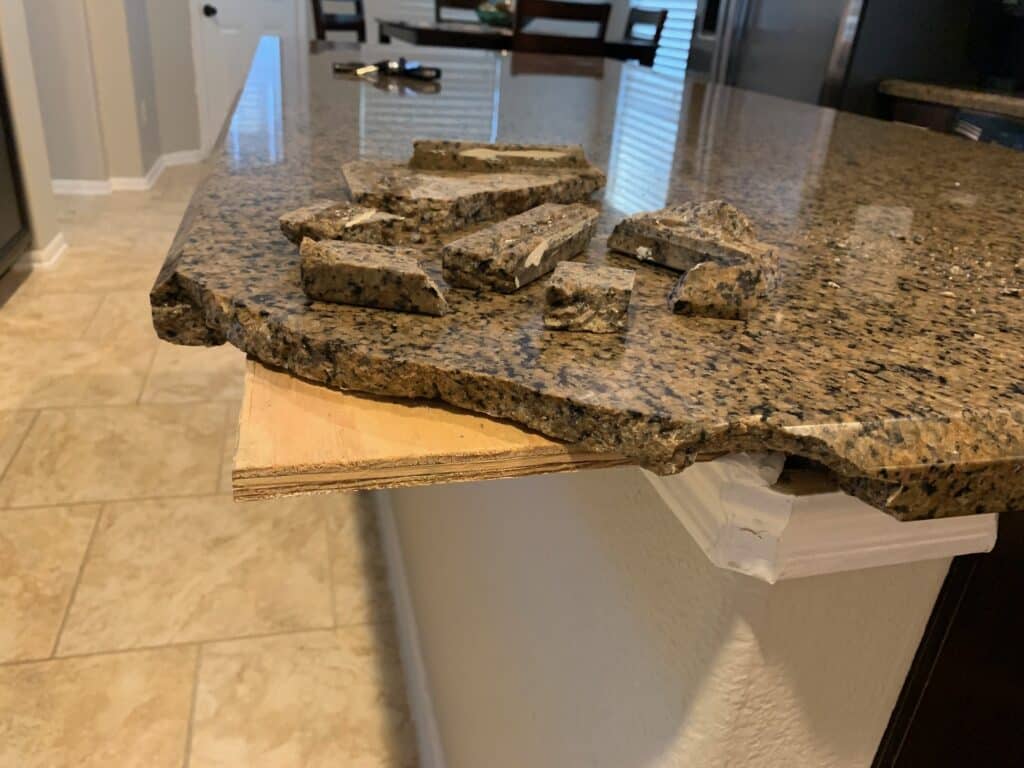Granite is a durable and beautiful material often used for countertops, flooring, and various surfaces in homes and businesses. Despite its strength, granite can suffer from chips, cracks, and surface damage over time due to heavy usage or accidents. Fortunately, many of these issues can be addressed with relatively simple repairs, restoring the granite’s appearance and functionality without the need for a full replacement. One of the most common problems with granite surfaces is chips, which can occur from dropping a heavy object or from general wear and tear. To repair a chip, start by cleaning the damaged area with a mild detergent and warm water, ensuring no dirt or grease remains. Once the area is clean and dry, use a granite repair kit, which typically includes an epoxy resin or adhesive that matches the color of the stone. Apply the epoxy into the chip using a small spatula or putty knife, filling the void completely. Once applied, use a damp cloth to smooth the surface, removing any excess epoxy.

Allow the repair to dry as per the kit is instructions, and once dried, carefully sand the area with fine-grit sandpaper to blend it seamlessly with the surrounding surface. Cracks in granite, while less common, are another issue that homeowners may encounter. Small cracks can be repaired similarly to chips, but larger cracks may require more attention. For smaller cracks, clean the surface thoroughly, then fill the crack with a color-matched epoxy, just like with chips. Be sure to wipe away any excess and smooth the surface. Allow the epoxy to cure, and once hardened, sand the area gently. For larger cracks, the repair process may need to involve reinforcing the stone with additional adhesives or even a metal mesh for support, depending on the severity of the crack. In some cases, a professional may be needed to ensure the structural integrity of the stone is maintained. Surface damage such as scratches, stains, or discoloration can also be dealt with through simple repairs. For light scratches, a specialized granite polishing compound can be applied to the surface to smooth out the marks.
Apply a small amount of the compound to a soft cloth, then gently rub the scratched area in a circular motion. For more stubborn stains, particularly oil or wine stains, a poultice made from baking soda and water or a specialized granite stain remover can be used. Apply the poultice to the stained area, cover it with plastic wrap, and allow it to sit for several hours. The poultice will draw out the stain, leaving the granite surface cleaner and more uniform in appearance and get additional hints in this website. Maintaining granite surfaces also involves regular care to prevent further damage. It is important to reseal granite countertops every one to three years, as this helps prevent staining and prolongs the life of the stone. Additionally, using coasters, cutting boards, and trivets can protect the surface from accidental chips, cracks, and heat damage. Granite repairs do not always require professional help, and with the right materials and a little patience, many homeowners can restore their granite surfaces to their original beauty.
